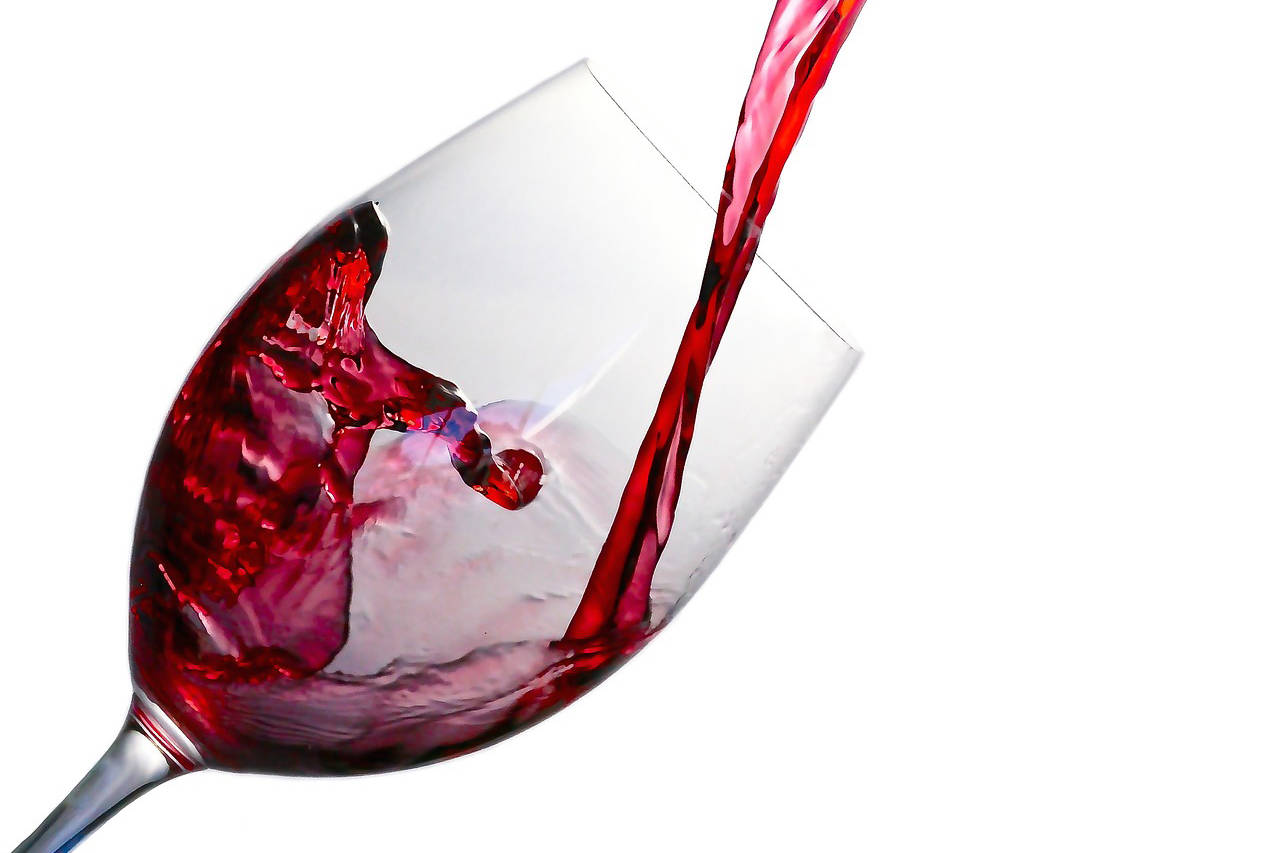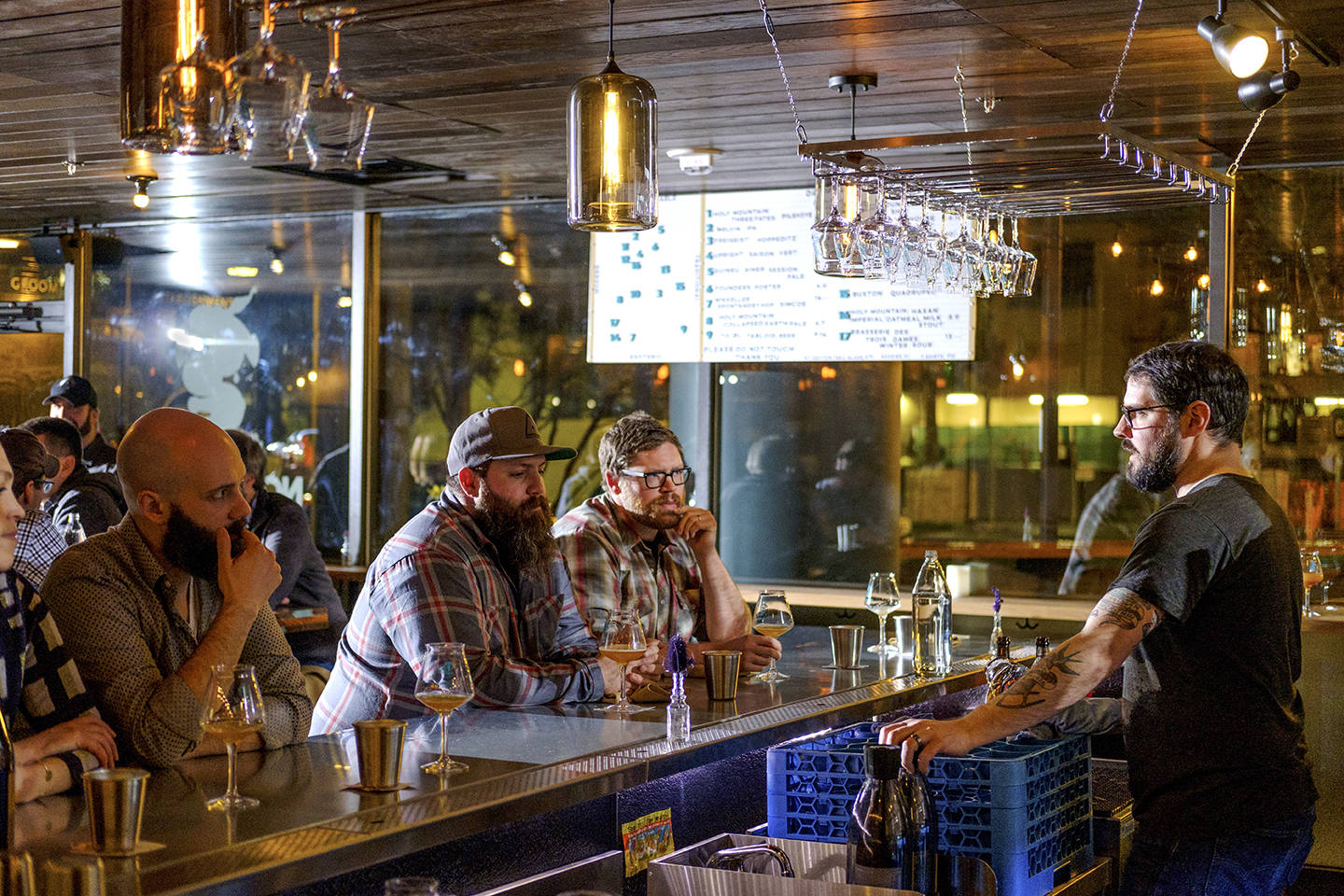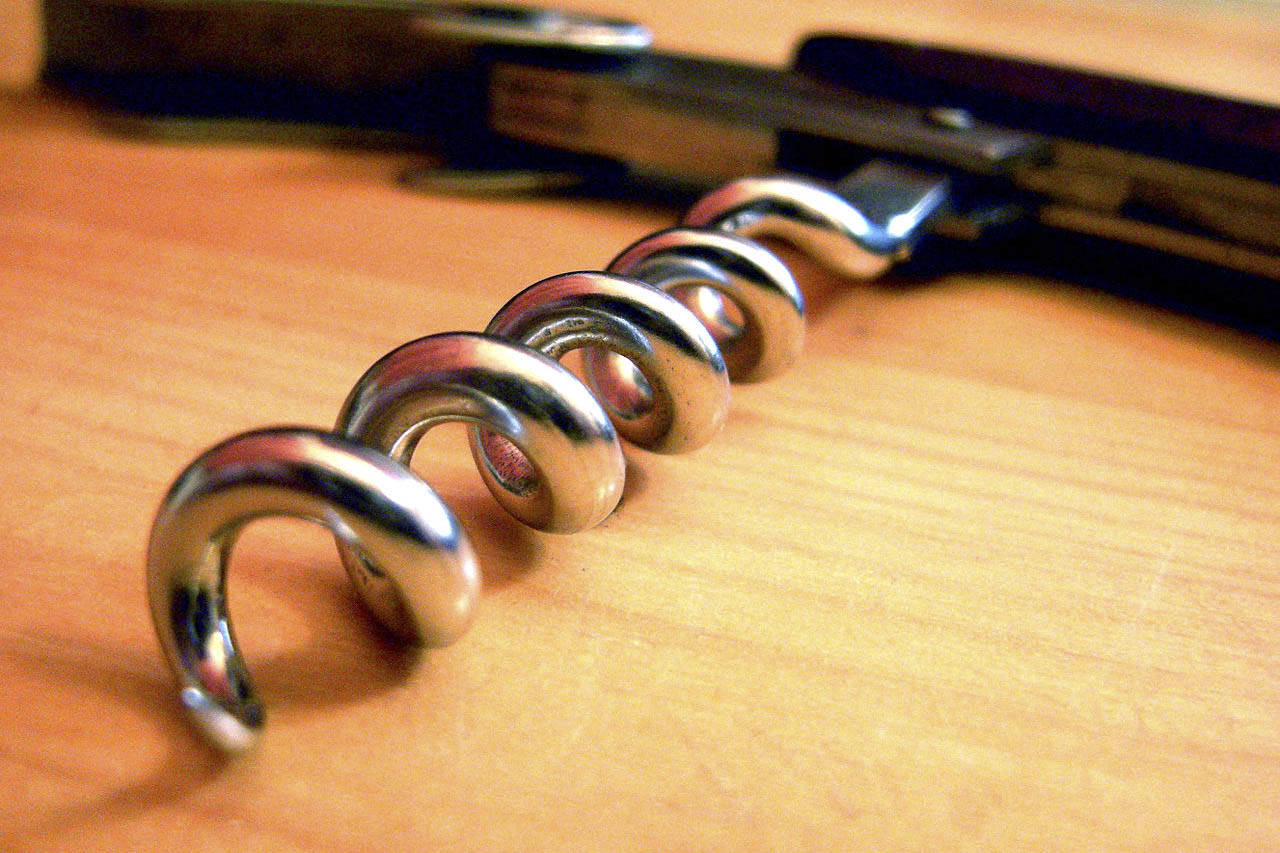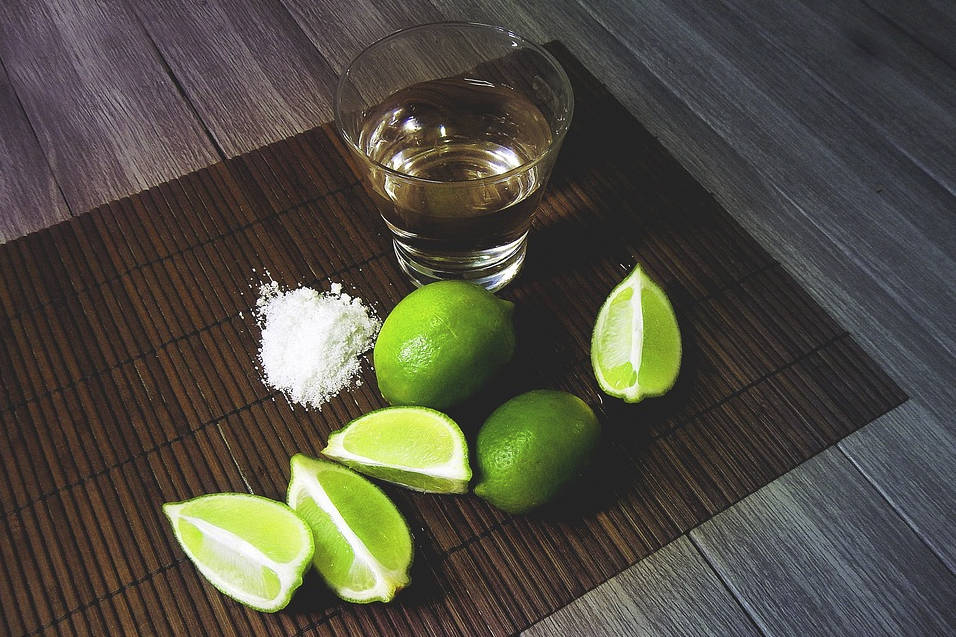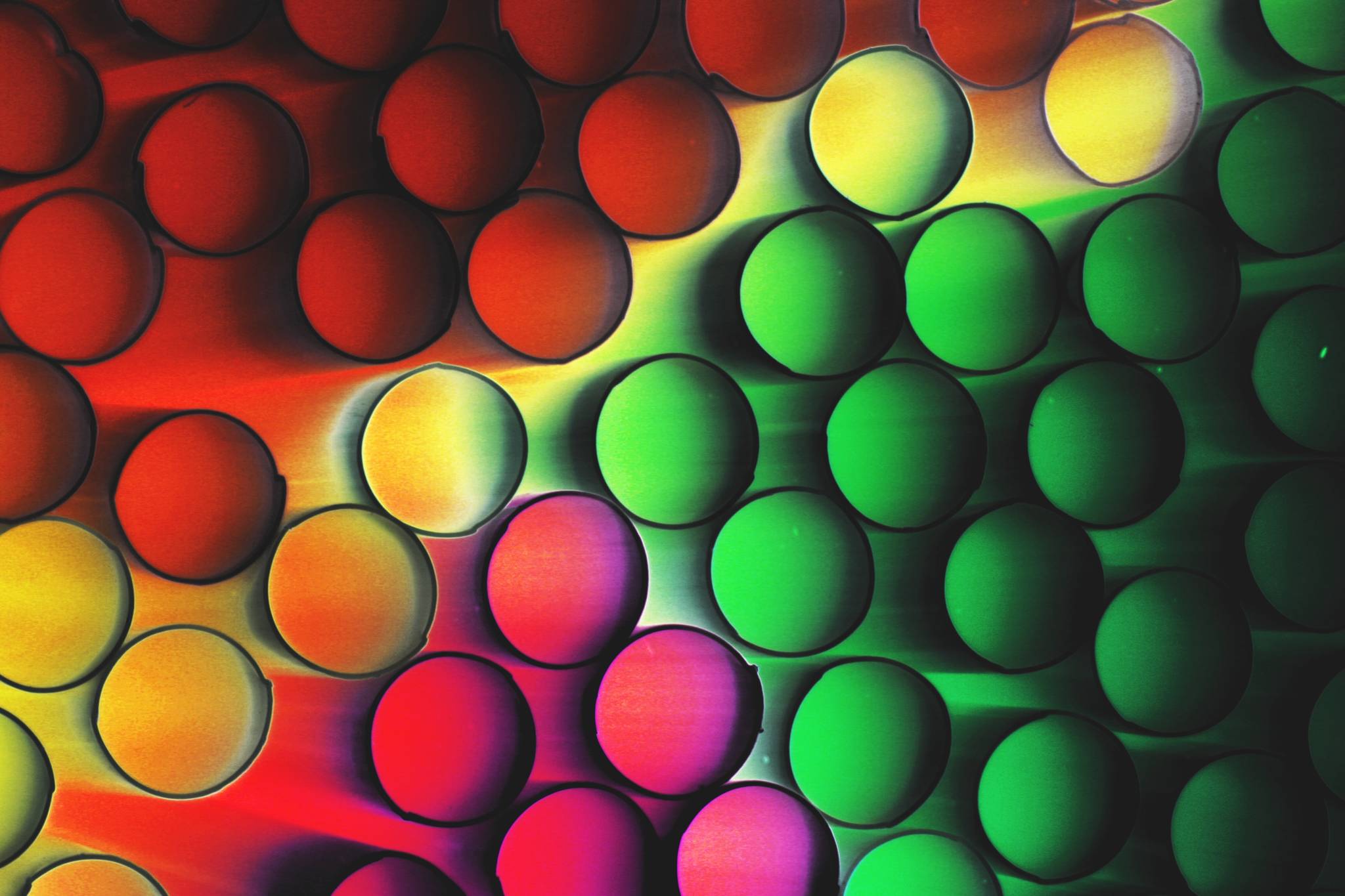A thought struck me the other night while serving a table of four diners who looked young enough that I carded them. We were having a conversation about which Washington syrah would best suit their needs, and I realized: This generation, mine, is the one that will shape wine programs going forward. So what exactly does that mean?
For one thing, I think we’ll see less reliance on classics, whether regions or varietals. While those touchstones will always have a place, we’re moving away from an era when wine lists are defined by the wines from France, Italy, and Napa Valley. Wine lists these days are almost as likely to feature grüner veltliner and Beaujolais as Chablis or Bordeaux.
That said, I’ve long thought that the experiential side of drinking wine wouldn’t necessarily change with the generations. While there’s been speculation that technology will put sommeliers out of business, I tend to think that as long as restaurants and bars exist, we’re going to want to interact with a real person to get our drinks.
Fortunately, this isn’t just conjecture: I recently spoke with Rhonda Hammond, associate professor of hospitality business at Washington State University, about a study she’d conducted on the wine buying and ordering habits of millennials. The main takeaway, as she described it, was that for all that we love about our tech, we want to hear the story of our wine from a somm, not a tablet. In that regard, there wasn’t much difference across various generations; turns out that good service is still good service.
Interestingly, millennials also seemed disinterested in rating systems and points, at least compared to wine drinkers of other generations. I want to offer a potential explanation for that phenomenon, which I’d consider well-thought-out but lacking in actual evidence. Ratings emerged at a time when American wine was first getting worldwide attention, and when wine drinking was slowly becoming a larger part of the American cultural landscape. A more scientific-seeming rating system (0 to 100 just seems so authoritative) and the sense that wines can be compared in a linear fashion made wine buying seem fairly simple: More points equals a better wine.
That system has long had flaws, but the biggest reason to abandon it is that unless your tastes align perfectly with that of the rater, there’s no real reason to expect the rating to actually hold true. Beyond that, we’ve wanted to find our own frontiers in the world of wine; that we still want a person to take us on that journey is heartening to those of us who like having that job.
barcode@seattleweekly.com
